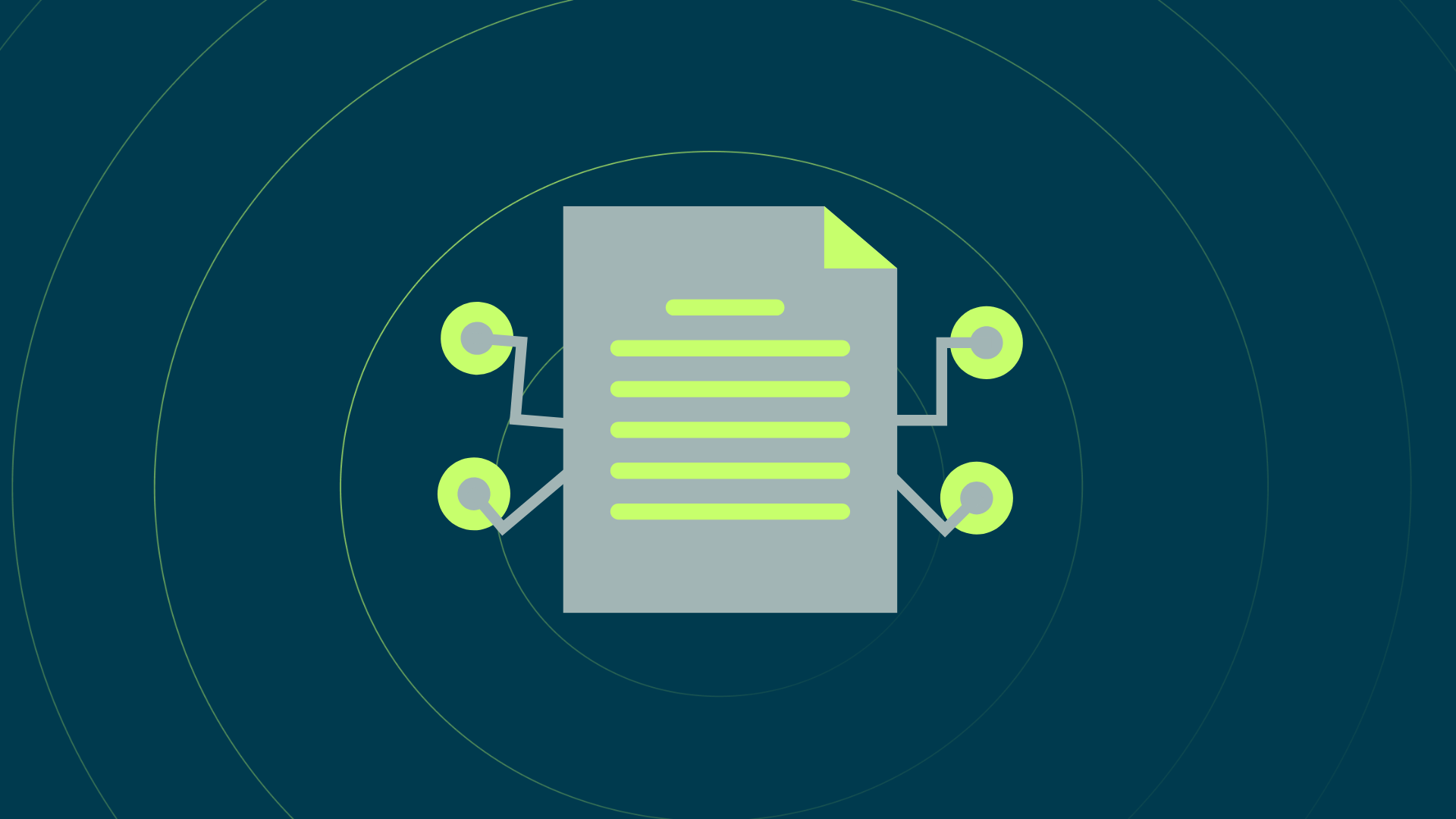
Contract Review for Doctors: Effective Negotiation Handbook
Explore contract review for doctors with this handbook, ensuring effective negotiations and smarter agreements.

Non-disclosure agreement
This agreement (the “Agreement”) is entered into on this ____day of _______ by and between __________, located at ___________ (the” Disclosing Party”), and ________________ with an address at _____________ (the “Receiving Party”)…

Nondisclosure agreements (NDAs) play a vital role in protecting confidential information between parties. Whether in business dealings or personal interactions, understanding the purpose and types of NDAs is essential for ensuring legal soundness and fairness.
An NDA, or nondisclosure agreement, is a legal document designed to ensure confidentiality between two parties or entities. The primary purpose of an NDA is to protect sensitive information from being disclosed to unauthorized third parties. Examples include doctor-patient confidentiality and attorney-client confidentiality.
Key purposes of an NDA:
Legal professionals and businessmen often seek NDA review to ensure these agreements are legally sound and fair to all parties. It’s crucial not to sign an NDA if you disagree with its terms, but instead negotiate the terms to reach a mutual agreement.
There are two primary types of nondisclosure agreements: unilateral and mutual. Understanding the differences between these types can help in selecting the appropriate NDA for your specific situation.
Unilateral NDA
In this type of agreement, only one party is required to maintain confidentiality. For instance, an employer may require an employee to sign a unilateral NDA to protect proprietary information and trade secrets.
Mutual NDA
This agreement is used when both parties are exchanging confidential information and agree to protect each other’s information. Mutual NDAs are common in business partnerships, joint ventures, and mergers.
For more detailed information on reviewing different types of contracts, you may refer to our articles on employment contract review and sales contract review.
Understanding the definition, purpose, and types of NDAs can help legal professionals and businessmen make informed decisions about protecting sensitive information. Whether seeking an NDA review or negotiating terms, ensuring the agreement is fair and legally sound is crucial for all parties involved.

An NDA review is a critical process to ensure that a nondisclosure agreement (NDA) is legally sound. This involves a thorough examination of the document to confirm that it adheres to relevant laws and regulations. Legal professionals, including nondisclosure agreement lawyers, play a crucial role in this review. They scrutinize the confidentiality agreement to identify any potential legal pitfalls or ambiguities that could lead to disputes or litigation.
Key aspects evaluated during an NDA review for legal soundness include:
For a more comprehensive understanding, consider consulting articles on related topics such as employment contract review and sales contract review.
Ensuring fairness to all parties involved is another crucial aspect of an NDA review. Non-disclosure agreement lawyers assess the agreement to confirm that it is balanced and equitable. They ensure that the terms do not disproportionately favor one party over the other, which is essential for maintaining a fair business relationship.
Key considerations for fairness in an NDA include:
Violating an NDA is not a criminal offense, but breaching its terms can lead to severe financial penalties. Therefore, it is crucial for both parties to understand and agree upon the terms fully.
By ensuring both legal soundness and fairness, an NDA review not only protects the interests of all parties involved but also fosters trust and cooperation in business relationships.

The NDA review process is a critical step in ensuring that a nondisclosure agreement is legally sound and fair to all parties involved. The following sections provide an overview of the duration and factors affecting the review process as well as the role of electronic signature processing.
The duration of an NDA review can vary depending on several factors. Generally, the review process lasts between 1 to 3 days. The key factors influencing the timeline include:
Legal professionals and businessmen are encouraged to consider these factors when planning their NDA reviews.
Electronic signatures have become increasingly popular for signing nondisclosure agreements due to their convenience and efficiency. The processing time for electronic signatures typically ranges from 1 to 3 business days. Key aspects of electronic signature processing include:
By understanding these elements, legal professionals can ensure a smooth and efficient NDA review process.
“As a practical tip, if you are the only side making disclosures, make sure to use a one-way NDA so you don’t also sign yourself up for unnecessary confidentiality and non-use obligations”.
James Graves and Daniel Neuman for The Startup Law Blog

Violating a nondisclosure agreement (NDA) can result in severe financial consequences. Although breaching a confidentiality agreement is not a crime, the legal repercussions can be substantial. The financial penalties often serve as a deterrent to prevent parties from disclosing confidential information.
| Violation Type | Potential Financial Penalty |
|---|---|
| Unauthorized Disclosure | $10,000 - $100,000 |
| Misuse of Confidential Information | $50,000 - $500,000 |
| Failure to Comply with NDA Terms | Legal Fees and Damages |
In many cases, the breaching party may be required to reimburse the non-breaching party for any legal fees incurred due to the breach. This can include costs related to litigation, arbitration, or any other legal proceedings necessary to address the violation. For more information on contract reviews, see our article on sales contract review.
Clarifying the terms and potential breaches of an NDA is crucial for all parties involved. This includes understanding the duration of the contract, what specific information is considered confidential, and the obligations of each party to maintain that confidentiality.
A well-drafted NDA should clearly define what constitutes a breach and the subsequent consequences. This may involve:
It’s essential for all parties to thoroughly review and understand the NDA terms before signing. For additional insights, explore our article on employment contract review.
“An NDA without consequences has no “teeth” and very little value. What happens if either party breaks the agreement? That should be clearly outlined in the document, and if appropriate, any limits should be outlined”.
Erin McFarlane for Fairmarkit

A nondisclosure agreement (NDA) is a crucial document in maintaining confidentiality between parties. To ensure its effectiveness, certain key elements must be included.
The NDA should clearly describe the purpose for which the parties are agreeing to exchange confidential information. This typically involves facilitating a potential transaction, such as one party selling widgets to the other. The description should be comprehensive enough to cover all relevant aspects while maintaining clarity.
| Key Information | Description |
|---|---|
| Purpose | Facilitate a potential transaction |
| Parties Involved | Disclosing Party, Receiving Party |
| Nature of Information | Business plans, financial data, proprietary methods |
The NDA must specify that a party agrees not to disclose the other party’s confidential information, except to authorized representatives. The information should only be used for the agreed-upon purpose or for evaluating and implementing the proposed transaction. This clause ensures that the confidentiality of the information is strictly maintained.
| Obligation | Description |
|---|---|
| Non-Disclosure | Information must not be disclosed to unauthorized parties |
| Limited Use | Information use restricted to agreed purpose |
| Authorized Representatives | Only specific individuals may access the information |
The NDA should clearly outline when the confidentiality obligations will terminate. Typically, this is set between one and three years from the date of execution or the last exchange of confidential information. Additionally, the agreement should state that it does not create a binding commitment for the parties to do business together. A binding commitment only exists once a definitive agreement is entered into regarding the proposed transaction.
| Provision | Description |
|---|---|
| Termination | Obligations end 1–3 years after execution or last information exchange |
| No Binding Commitment | No commitment to business until a definitive agreement is reached |
By incorporating these key elements, an NDA ensures that confidential information is adequately protected, fostering trust and security between parties.

Senior Content Manager

Explore contract review for doctors with this handbook, ensuring effective negotiations and smarter agreements.

Unlock expert tips for effective contract review, ensuring clarity and minimizing risks for legal professionals.

Master the legal review of contract with AI tools, enhancing efficiency and minimizing errors in your practice.
Contract Crab is an automated tool designed to extract key points and generate summaries from contracts and legal documents. While we strive for accuracy, the extracted information may not always be complete or error-free. Users should review and verify the extracted content for accuracy and completeness before relying on it.
Contract Crab does not provide legal advice or replace the need for professional legal consultation. The information extracted and provided by the service is for informational purposes only.
Users should consult with qualified legal professionals for specific legal guidance.
Users are responsible for the use of Contract Crab and any decisions made based on the extracted information.
Contract Crab and its creators are not liable for any consequences or damages resulting from the use of the service.
Contract Crab may process and store user data as necessary to provide its services. We are committed to protecting user data, but users should be aware of the privacy risks associated with uploading sensitive documents.
Contract Crab is an automated tool designed to extract key points and generate summaries from contracts and legal documents. While we strive for accuracy, the extracted information may not always be complete or error-free. Users should review and verify the extracted content for accuracy and completeness before relying on it.
Contract Crab does not provide legal advice or replace the need for professional legal consultation. The information extracted and provided by the service is for informational purposes only.
Users should consult with qualified legal professionals for specific legal guidance.
Users are responsible for the use of Contract Crab and any decisions made based on the extracted information.
Contract Crab and its creators are not liable for any consequences or damages resulting from the use of the service.
Contract Crab may process and store user data as necessary to provide its services. We are committed to protecting user data, but users should be aware of the privacy risks associated with uploading sensitive documents.